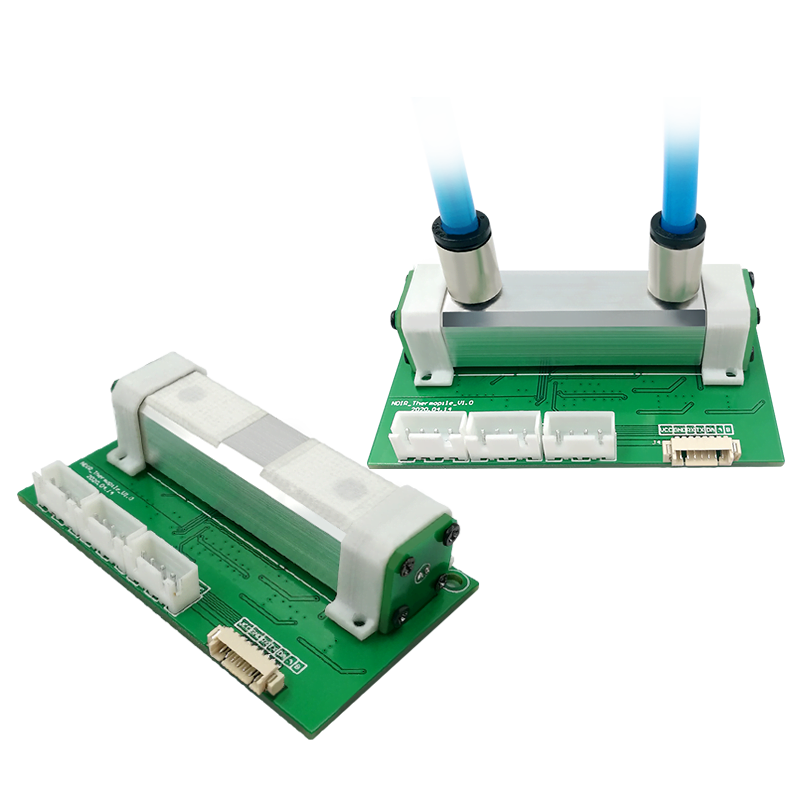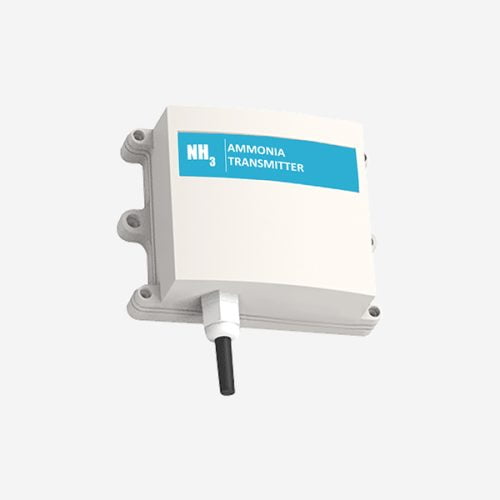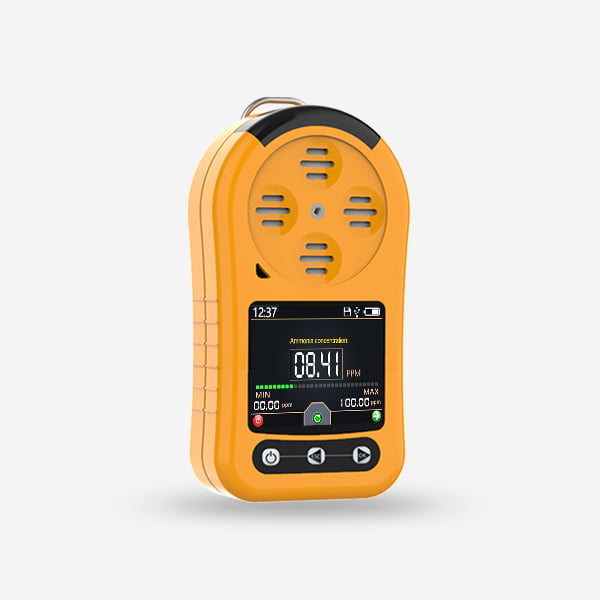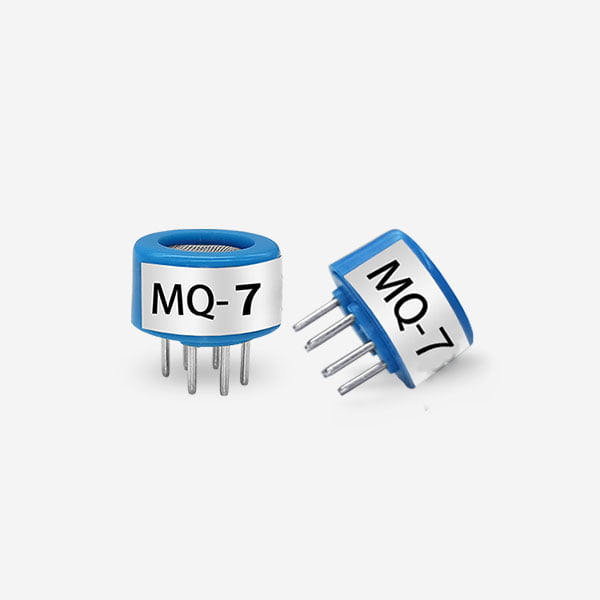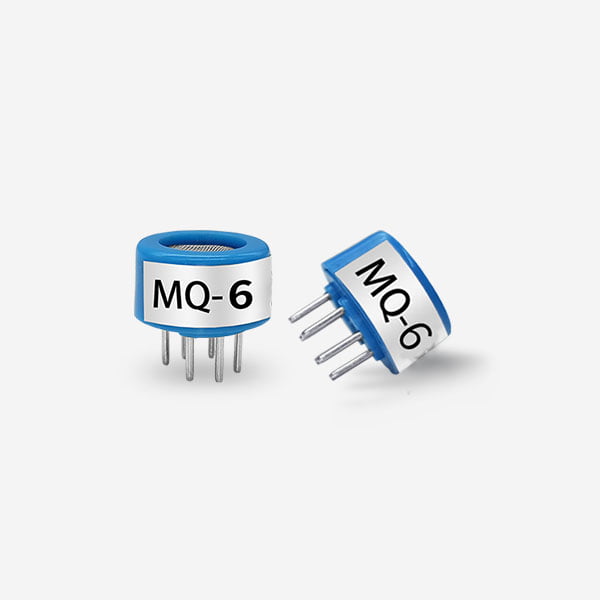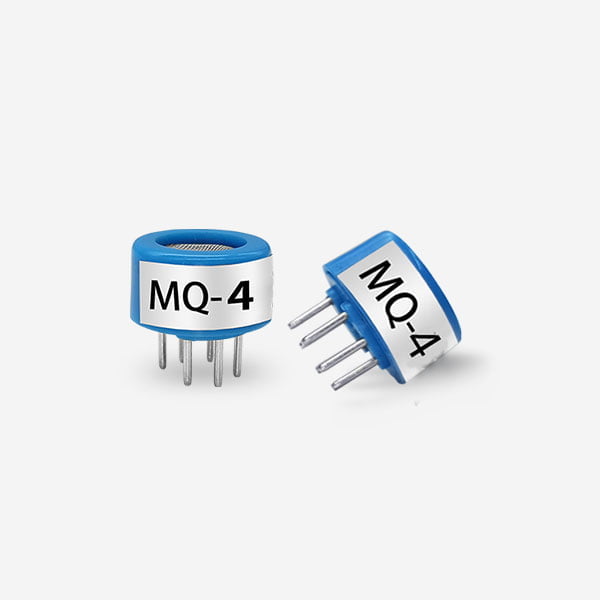In today’s world, accurate carbon dioxide (CO₂) detection is essential for various industries, including HVAC, agriculture, industrial safety, and environmental monitoring. Among the available technologies, Non-Dispersive Infrared (NDIR) gas sensors stand out as the most reliable and efficient solution. This article explores why NDIR sensors are the best choice for CO₂ detection, their advantages over other technologies, and their diverse applications.
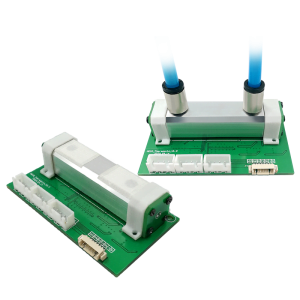
What Is an NDIR CO₂ Sensor?
NDIR gas sensors operate by measuring the absorption of infrared light at specific wavelengths. CO₂ molecules absorb IR light at a wavelength of around 4.26 µm, and the sensor detects the reduction in light intensity to determine CO₂ concentration.
Unlike electrochemical or metal oxide semiconductor (MOS) sensors, NDIR technology is highly selective for CO₂, minimizing cross-sensitivity with other gases. This makes it ideal for precise measurements in complex environments.
Key Advantages of NDIR CO₂ Sensors
High Accuracy and Precision
NDIR sensors provide exceptional accuracy, often within ±30 ppm or ±3% of reading, making them suitable for critical applications like indoor air quality monitoring and industrial safety.
Long-Term Stability
Unlike electrochemical sensors that degrade over time, NDIR sensors have a long lifespan (10+ years) with minimal calibration requirements. This reduces maintenance costs and ensures consistent performance.
No Oxygen Dependency
Many gas sensors require oxygen to function, but NDIR sensors work effectively in oxygen-free environments, making them ideal for controlled atmospheres like greenhouses and food packaging.
Minimal Cross-Sensitivity
NDIR technology is highly selective to CO₂, unlike MOS or electrochemical sensors, which can be affected by humidity, VOCs, or other gases.
Wide Measurement Range
NDIR sensors can detect CO₂ concentrations from 0 to 100%, accommodating applications from indoor air quality (400–2,000 ppm) to industrial safety (up to 100,000 ppm).
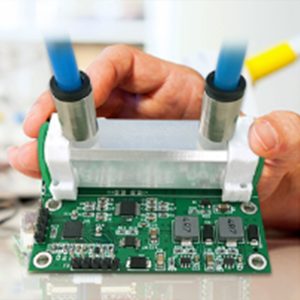
Applications of NDIR CO₂ Sensors
Indoor Air Quality (IAQ) Monitoring
Proper CO₂ levels (below 1,000 ppm) are crucial for health and productivity in offices, schools, and homes. NDIR sensors in HVAC systems help maintain optimal ventilation.
Industrial Safety
In breweries, chemical plants, and confined spaces, high CO₂ levels can be hazardous. NDIR sensors provide real-time alerts to prevent accidents.
Agriculture and Greenhouses
Plants require controlled CO₂ levels (800–1,200 ppm) for optimal growth. NDIR sensors help maintain ideal conditions in greenhouses and vertical farms.
Medical and Healthcare
In capnography, NDIR sensors measure exhaled CO₂ to monitor patient respiration during anesthesia and critical care.
Automotive and Transportation
NDIR sensors in vehicle cabin air systems ensure passenger comfort by regulating CO₂ levels during long trips.
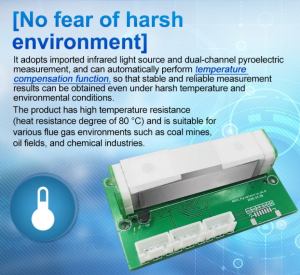
Conclusion
NDIR CO₂ sensors offer unmatched accuracy, stability, and reliability compared to other gas detection technologies. Their versatility makes them indispensable in industries ranging from HVAC to healthcare. As technology advances, NDIR sensors will continue to lead the market, providing smarter and more efficient CO₂ monitoring solutions.
For businesses and consumers seeking the best CO₂ detection method, NDIR remains the gold standard. Investing in this technology ensures long-term performance, safety, and energy efficiency.
